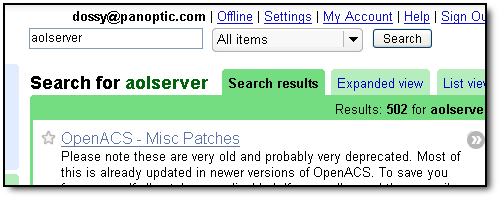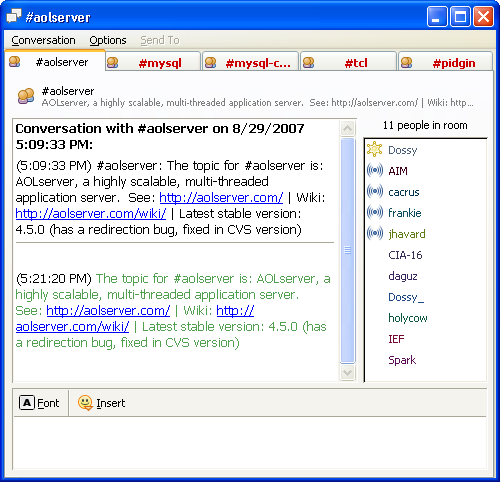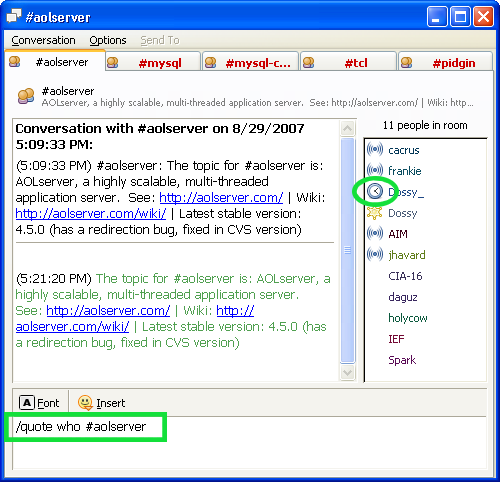Back in April 2007, when I decided to switch over from Bloglines to Google Reader for my RSS reading pleasure, I made a point to complain about the fact that Google Reader had no easy way to search for entries within your subscriptions. The good news is apparently that all changed, yesterday: Google Reader now has a search box!

This is good news, since that was pretty much the only feature I’d actually missed when I gave up Bloglines. It’s good timing on Google’s part, since the latest Bloglines beta UI improvements have really closed the gap–although I’m not happy enough with them to consider switching back, yet.
Tags: Google Reader, search, Bloglines





Latest comments